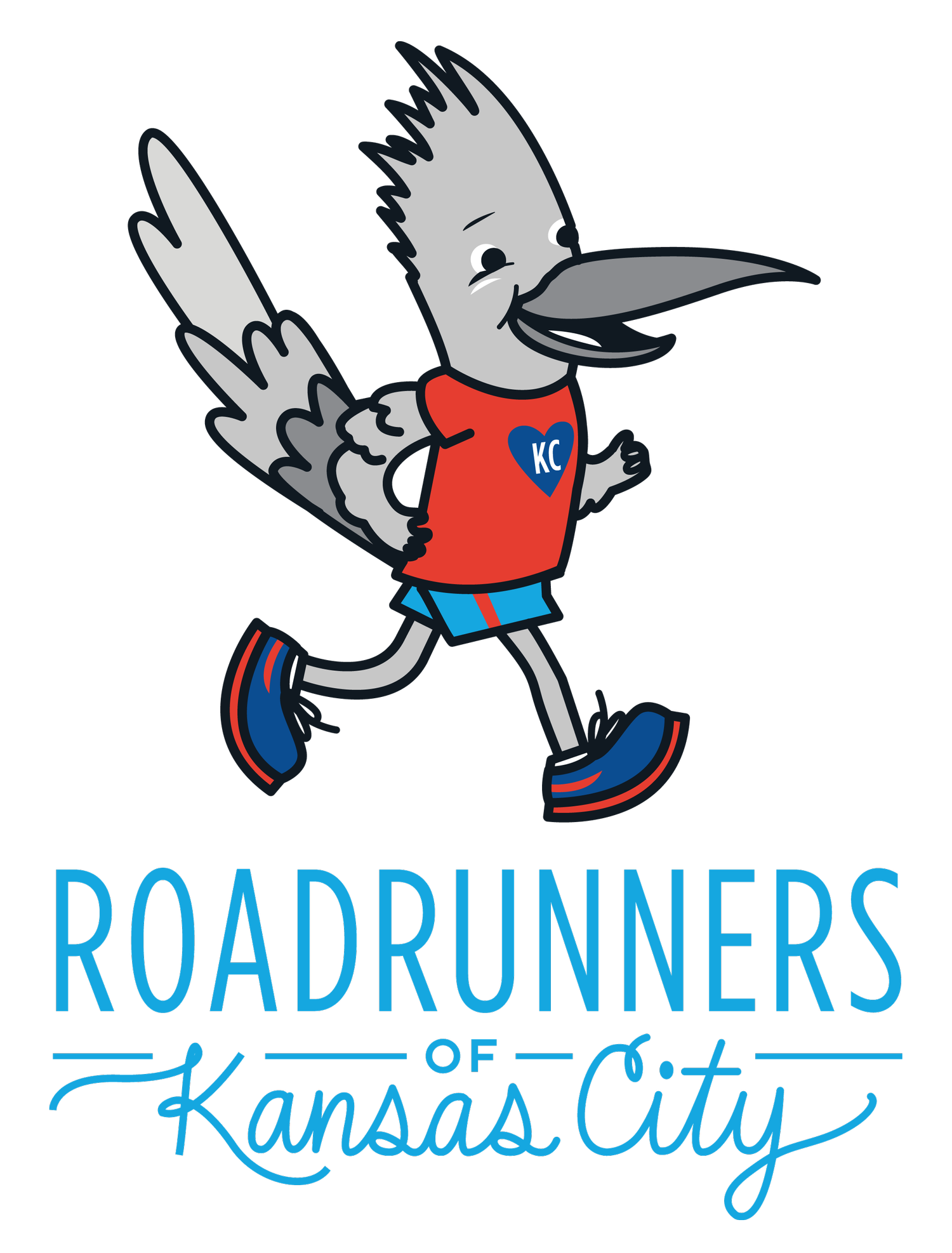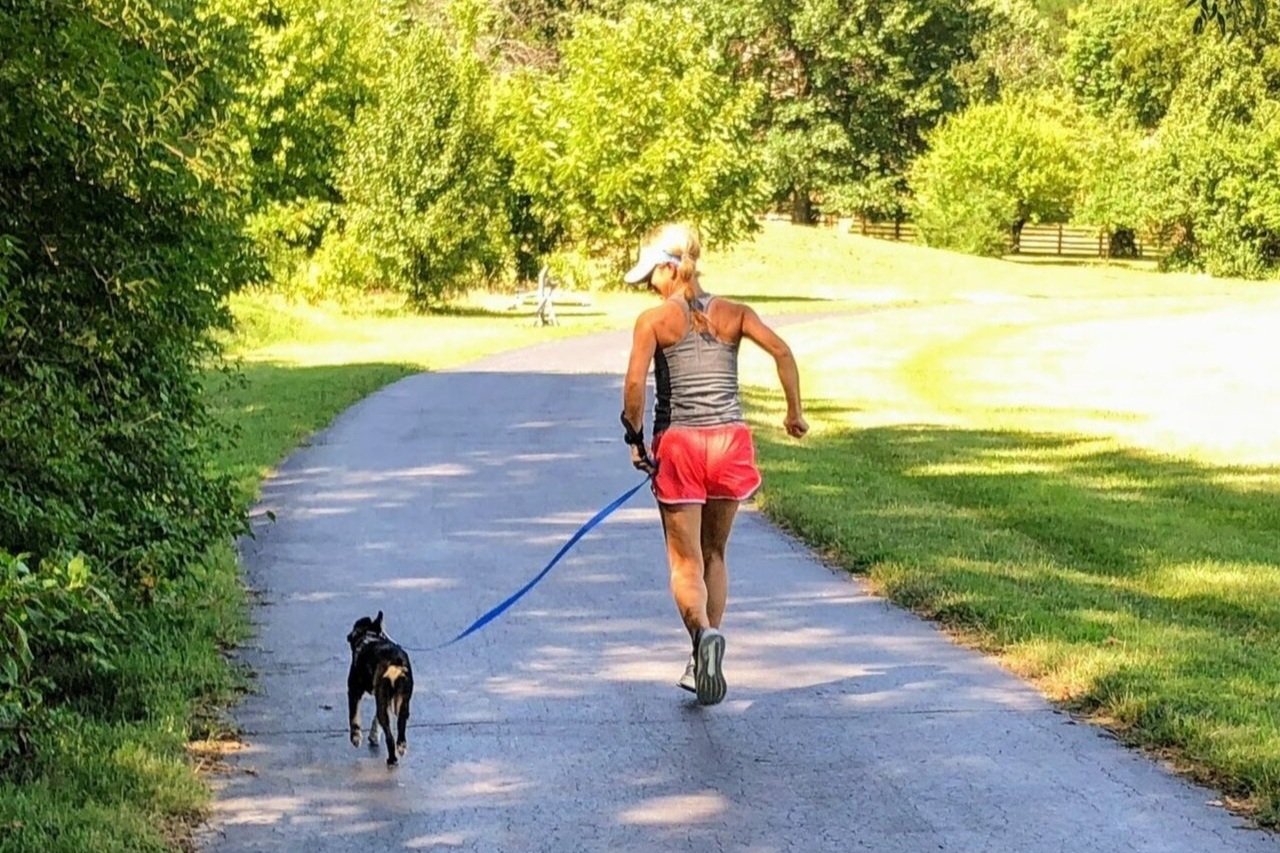Running in the Heat
/I'm getting e-mail queries about running in the heat so I'm guessing there are more runners wondering what the heck to do. We've had a relatively cool summer for Kansas and we are not acclimated.
It is wise to train in all types of weather conditions including the cold, snow, rain and the heat because most races are held in these conditions. If the effective "feels like" temperature (taking into account humidity and air temperature) is over 98 degrees or below zero, races directors raise the red flag for high risk or black flag for cancel. Extreme races like Badwater and Antarctica are an exception, but runners have trained specifically for these extremes and have the appropriate gear.
So, can or should you run if the effective temperature is 97 degrees? What about 95? Personally, I choose not to. I've decided I like to enjoy my running and in those tempeartures, I'm down right miserable. Today, I chose the treadmill. But if you choose to hit the pavement, keep in mind hydration, electrolyte replacement and sun exposure.
Hydration
Increase heat and humidity = increase sweat = increase water and electrolyte replacement needs.
- Hydrate prior to, during and AFTER the run. Approximately 16 oz per hour. More if you are a heavy sweater. Not an angora sweater, but one who sweats heavily!
- Carry water and sport drink with you. There are a variety of water bottle choices for runners. Check these out.
- Plan your route to stop at water fountains and pour water over your head and neck.
Electrolyte Replacement
- Drink a sport drink during the run.
- Eat pretzels and/or a banana after the run.
Sun Exposure
- Run in shade and wear sunglasses and a breathable visor or hat.
- Wear sunscreen.
- Check out these cooling towels. They perform best in drier conditions, but they can still be helpful.
"Help! My times are slow and my goal this season is to PR. Should I run a shorter distance at my goal pace or run my planned distance slower? Can I walk? Is this going to set me back?"
Expect a performance degredation of up to 10% for every 10 degrees above or below the ideal 41-55 degree sweet spot. According to researchers, the length of time of your exposure seems to impact the affect on your performance. So those out running longer distances for a longer time are more affected. Recent research shows that the % decrease in performance decreases with acclimation to temperature. Keep in mind, it takes several weeks to acclimate. So what do you do until then?
Modify your training plan.
- Accept the decrease in performance and run by feel not by time.
- Decrease your planned mileage.
- Listen to your body and take walk breaks as you need them.
- Run early in the morning or later at night when the temperatures are lower.
Signs it is time to stop.
- chills/goose bumps
- headache
Signs for emergency care:
- red, hot and dry skin
- vomiting
- changes in level of consciousness
Modification and hydration is the key! Your performance will improve at the higher tempeartures as you train safely in them. Once these temps start to drop, you will experience the fruits of your labor with faster paces and feel good runs!



